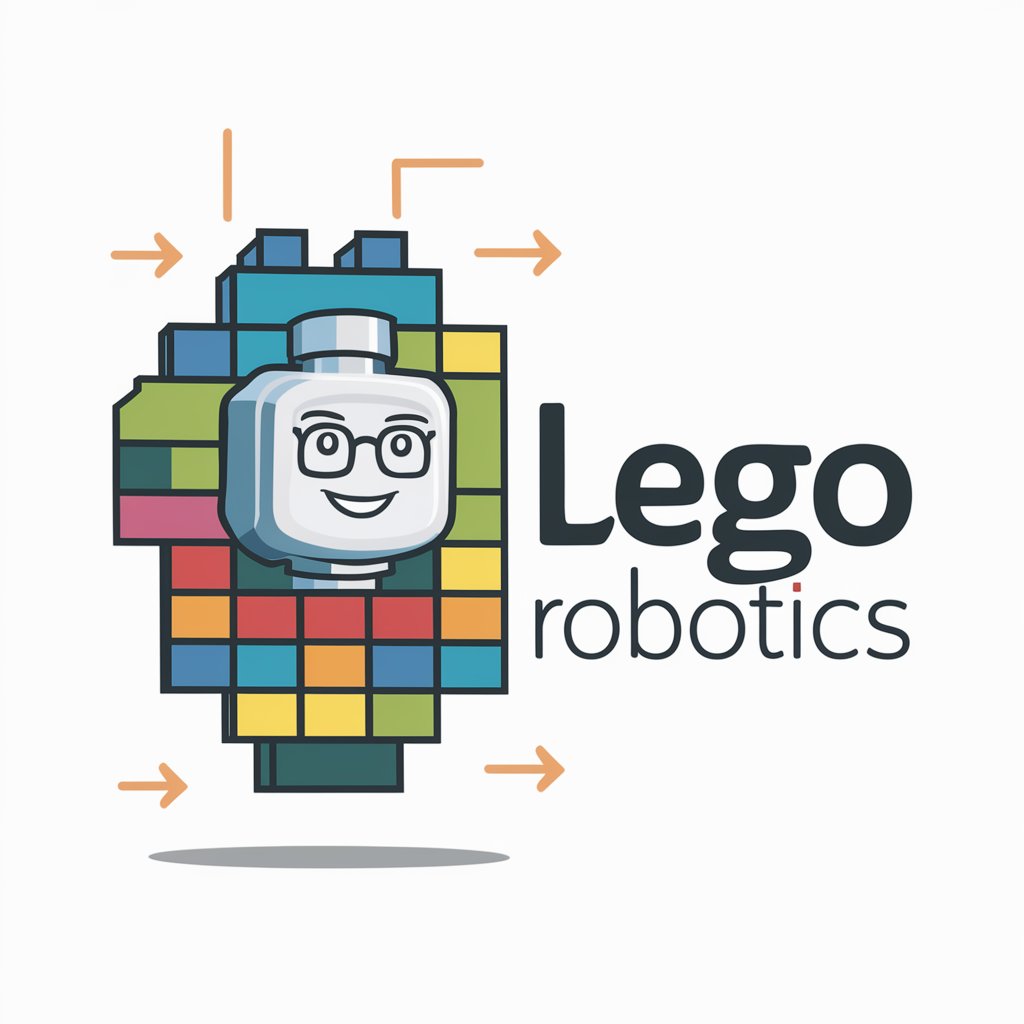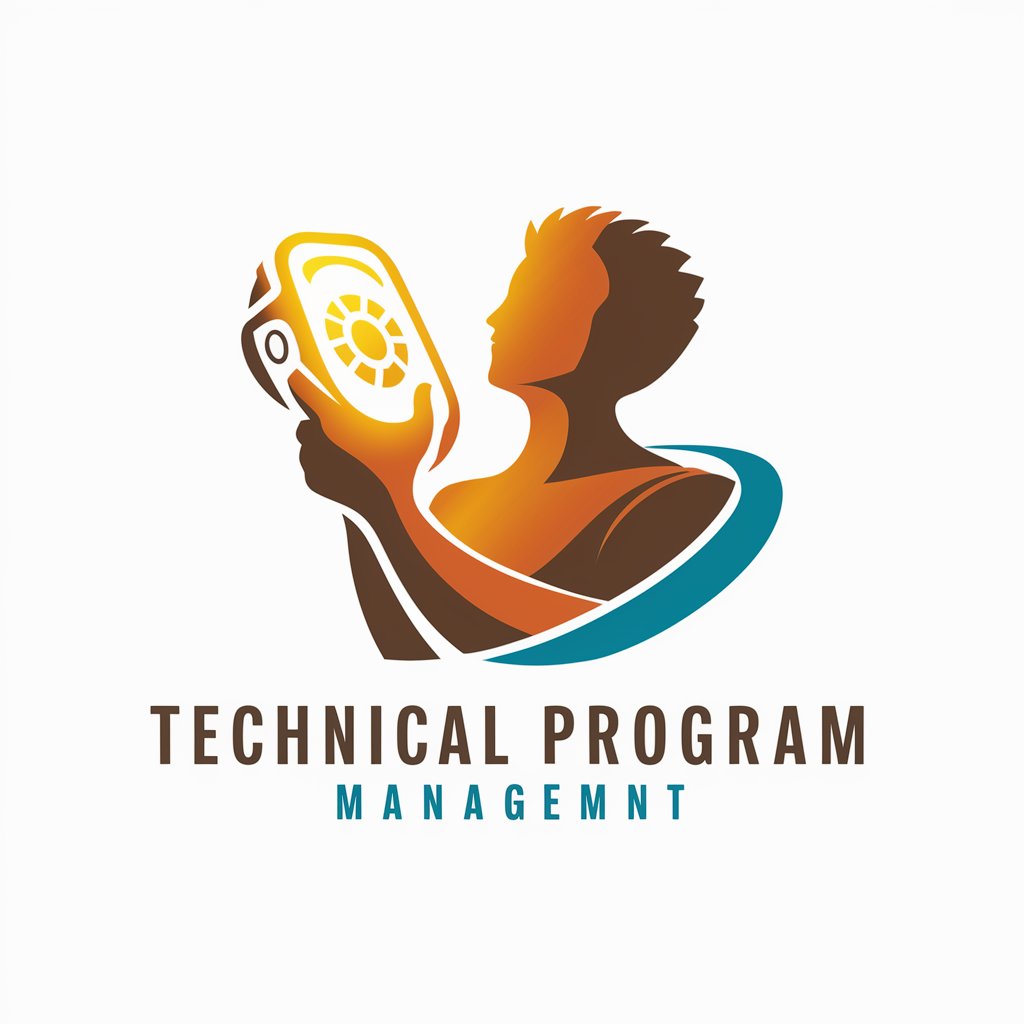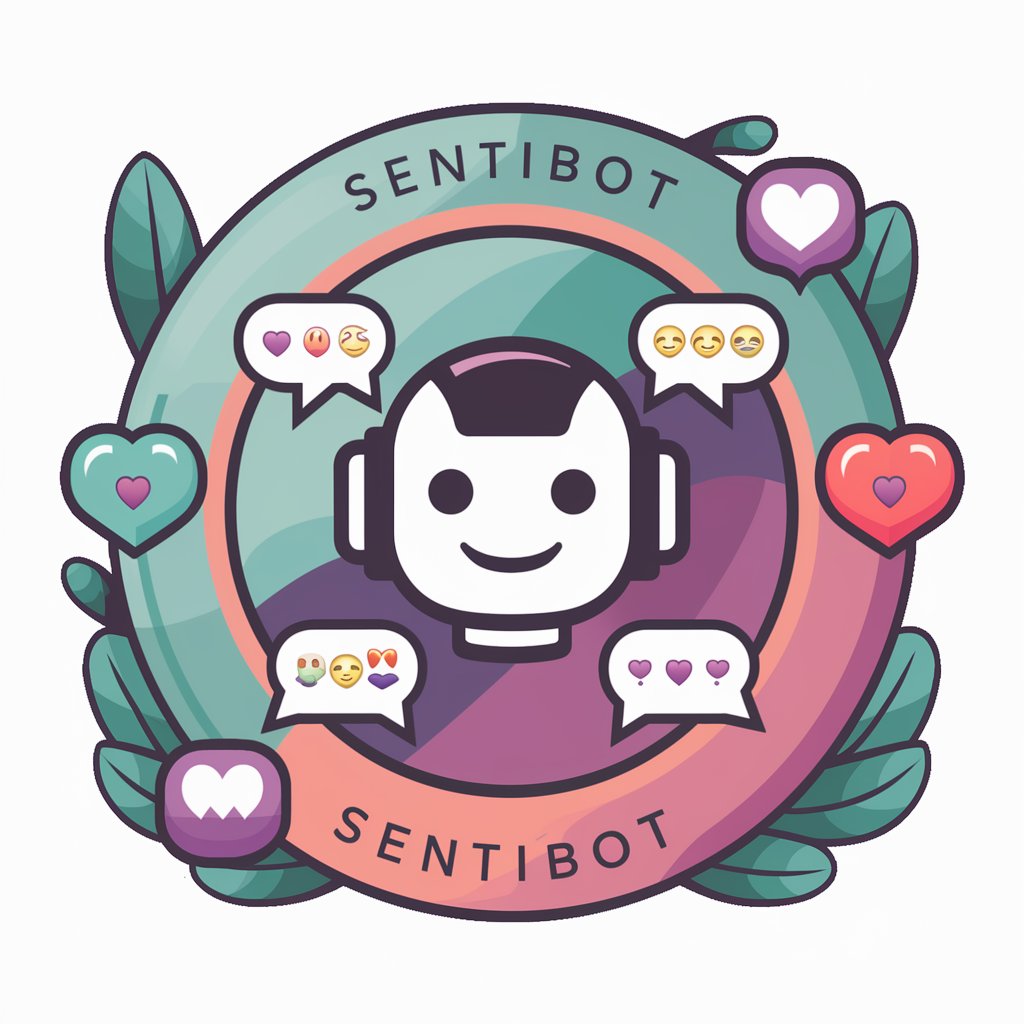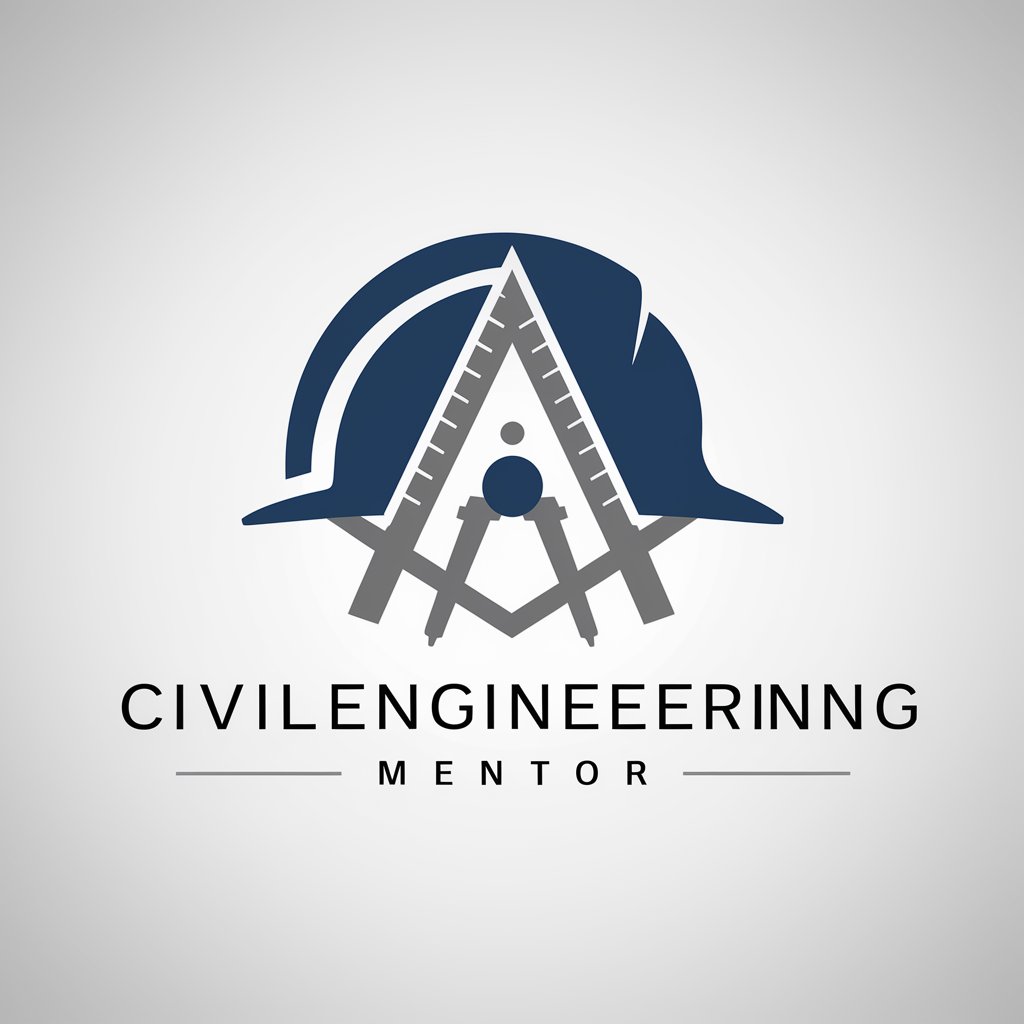Lego Robotics - LEGO Robotics Exploration

Hi there! Ready to dive into LEGO robotics?
Empower creativity with AI-powered robotics
How can I optimize the design of my LEGO robot for...
What are some effective strategies for completing the missions in...
Can you help me troubleshoot the programming of my LEGO robot to...
What tips do you have for preparing my team for the FIRST LEGO League Challenge?
Get Embed Code
Overview of Lego Robotics
Lego Robotics refers to the use of Lego building blocks and components, particularly from the Lego Mindstorms and Lego Technic series, for the creation and programming of robots. The primary design purpose of Lego Robotics is educational: to introduce and engage users, especially children and teenagers, in the fundamentals of robotics, engineering, and programming. Users build robots from Lego parts, which include motors, sensors, and a central processing unit (the EV3 or NXT brick, for instance). These robots can be programmed using intuitive, drag-and-drop software like the EV3 programming language, making it accessible even to those with no prior coding experience. This system allows for a hands-on, creative, and problem-solving approach to learning STEM concepts. For example, in a classroom setting, students might be tasked with designing a robot that can navigate a maze, requiring them to conceptualize the design, assemble the robot, and write the necessary code. Powered by ChatGPT-4o。

Key Functions of Lego Robotics
Educational Tool for STEM Concepts
Example
In a school's robotics club, students use Lego Robotics to understand basic physics principles by building a robot that can throw a ball. They learn about trajectory, force, and motor control.
Scenario
Classroom Learning and Clubs
Introduction to Programming
Example
Lego Robotics is used in a workshop to teach children basic programming. They create simple programs to control a robot, learning about loops, conditions, and sequences.
Scenario
Workshops and Educational Events
Problem-Solving and Creative Thinking
Example
In a competition like the FIRST LEGO League, teams use Lego Robotics to solve challenges, fostering creativity and strategic thinking as they build and program robots to complete specific tasks.
Scenario
Competitions and Team Challenges
Hands-on Engineering Experience
Example
Students design and build a robotic arm using Lego Robotics, gaining practical experience in mechanical design, understanding gear ratios, leverage, and structural stability.
Scenario
Engineering and Design Projects
Target User Groups for Lego Robotics
School-Aged Children and Teenagers
This group is the primary target for Lego Robotics, as it offers a playful yet educational approach to learning STEM concepts. It aligns with their developmental stage, encouraging problem-solving, creativity, and basic engineering skills.
Educators and Teachers
Educators find Lego Robotics a valuable tool for teaching STEM subjects. It provides a hands-on learning experience that can be adapted to various educational curricula and student skill levels.
Robotics Hobbyists and Enthusiasts
Hobbyists and enthusiasts enjoy the versatility and accessibility of Lego Robotics for personal projects and experimentation, exploring more advanced aspects of robotics and engineering.
Competitive Robotics Teams
Teams participating in competitions like the FIRST LEGO League benefit from the system's balance of simplicity and capability, allowing for the demonstration of strategic thinking and technical skills.

Getting Started with Lego Robotics
Begin Your Journey
Initiate your exploration by visiting yeschat.ai to access a complimentary trial, requiring no sign-up or ChatGPT Plus subscription.
Gather Necessary Equipment
Ensure you have a compatible LEGO robotics kit (such as LEGO Mindstorms or SPIKE Prime) and a device with internet access to program your robot.
Learn the Basics
Familiarize yourself with the core concepts of building and programming your LEGO robot by exploring tutorials, guides, and community forums.
Start Building
Begin by constructing your robot using LEGO pieces, sensors, and motors from your kit, following instructions for a basic model before attempting custom creations.
Program Your Robot
Use the provided software or apps (like the LEGO Mindstorms EV3 app) to program your robot, experimenting with different codes to achieve desired behaviors.
Try other advanced and practical GPTs
Mindful CEO Coach
Empowering leadership through AI-powered mindfulness

Sex Coach Pro
Personalizing your journey to sexual wellness.

Kingdom Ministry Coach
Empowering Leaders with Biblical Wisdom

TPM Coach - Priyanka Shinde
Empowering TPM Careers with AI

TED Coach Pro
Elevating TEDx Talks with AI

Conversation Coach
AI-Powered Communication Mastery

Sentibot
Empathy at Scale with AI

Maître Overwatch
Elevate Your Game with AI-Powered Overwatch Strategies

Visual Report Wizard
Transform Data into Visual Insights with AI

CivilEngineeringMentor
Empowering construction with AI insights

DecodeIA
Unlock AI's Potential, Educationally Empowered

Master Key Assistant
Unlock Your Potential with AI

Frequently Asked Questions about Lego Robotics
What is Lego Robotics?
Lego Robotics involves building and programming robots using LEGO's specialized robotics kits, such as LEGO Mindstorms and SPIKE Prime, combining hands-on construction with software programming to bring creations to life.
Who can use Lego Robotics?
Anyone with an interest in robotics, from children (typically 8+) to adults, can use Lego Robotics. It's especially popular in educational settings for teaching concepts of engineering, programming, and problem-solving.
What programming languages are used in Lego Robotics?
LEGO robotics kits typically use graphical programming languages designed for ease of use, such as the drag-and-drop environment provided by the LEGO Mindstorms EV3 software. Some kits also support more advanced languages like Python.
Can Lego Robotics be used in competitions?
Yes, LEGO Robotics is widely used in various competitions, including the FIRST LEGO League, where teams of students design, build, and program robots to complete tasks.
What are some tips for beginners in Lego Robotics?
Start with simple projects to build foundational skills, make use of online tutorials and community forums for guidance, and don't be afraid to experiment with your designs and code to learn through trial and error.
